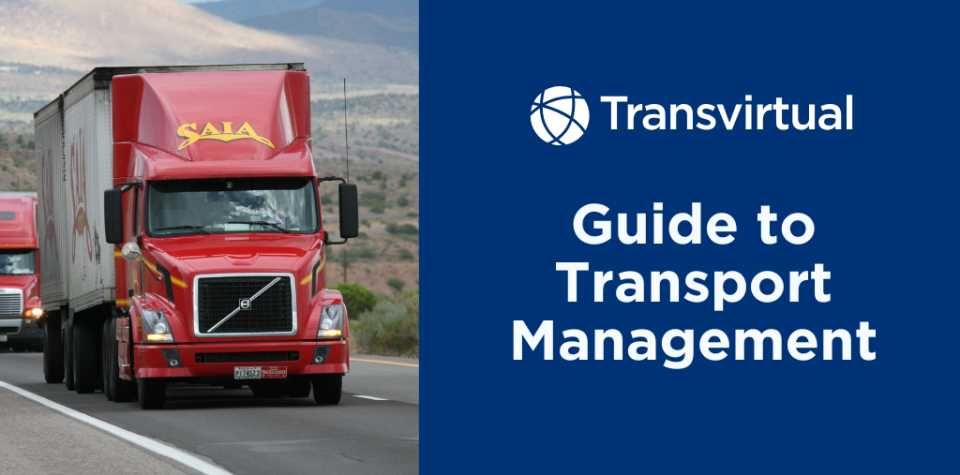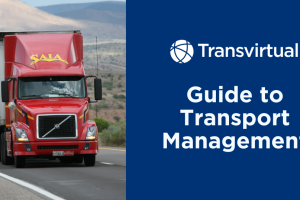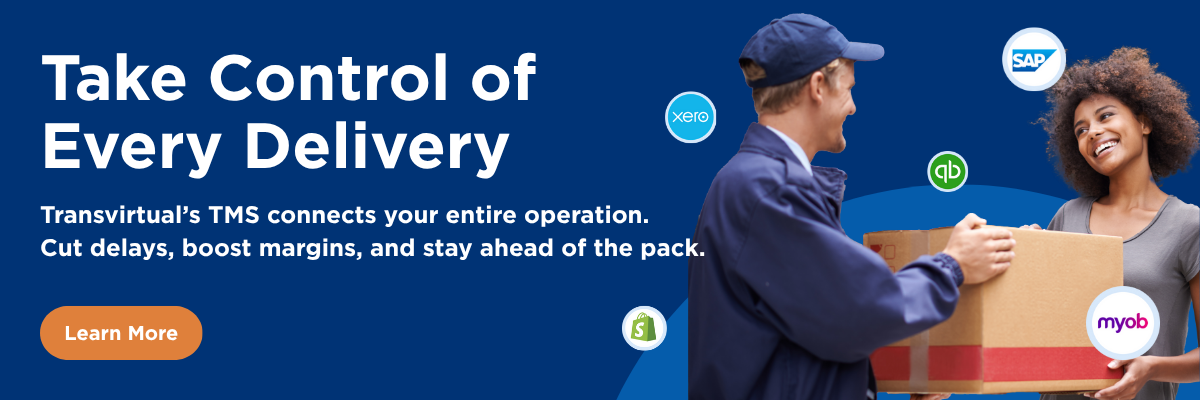Table of Contents
Transportation is an important aspect of the supply chain. It ensures the smooth flow of goods across borders, ensuring it reaches its destination.
With an efficient transport strategy, businesses get to tap into new markets, manage costs, and boost their reputation.
Transport management, however, has become a more complex undertaking as the integration of new tech and customer demands continue to reshape its landscape. Not to mention key challenges such as labour shortages, the pressure to cut costs, rising fuel prices, the list goes on.
To ensure you’re staying ahead of the curve, we’ve prepared a guide to understanding these complexities and creating smart solutions to tack them.
What is Transport Management?
Transport management isn’t just about planning the movement of goods. It’s an entire cycle of its own:
- Order management – The transportation process starts with a shipment order.
It involves various tasks, including capturing orders, processing, scheduling, and generating necessary documentation to ensure compliance. - Selecting the mode of transportation – Engaging with transportation providers, including trucking companies, shipping lines, airlines, and the like.
- Route optimisation – Analysing the best routes by considering factors like distance, traffic, and fuel efficiency.
- Fleet management – Transport management also requires an operational angle. You’ll need to ensure your fleet is properly maintained and deployed to meet your transportation goals.
- Regulatory compliance – Another operational aspect of transport management is compliance. There are laws that govern transportation at local, national, and international levels.
What is Logistics and Transport Management?
It’s worth noting that logistics and transport are not the same.
Logistics involves a broad range of activities, including warehouse, distribution, and transportation. The goal is to get the right materials to the right customers at the right time.
Transport is part of the logistics process as the wheels. Without it, nothing moves.
Efficient transport management is a competitive advantage. This is why more companies are investing in transport management solutions that provide efficient and error-free service to end customers.
In-House vs. Outsourced Transportation Management
Freight businesses may choose to handle transport internally because they get full control and visibility. You get a complete overview of your operations and ensure you fulfill deliveries efficiently. However, maintaining a fleet and staff gets costly as you grow.
Outsourcing is often more convenient and cost-effective. You pay a set rate based on your needs, and it’s easier to scale up or down with demand.
Key Challenges and Opportunities in Transportation Management
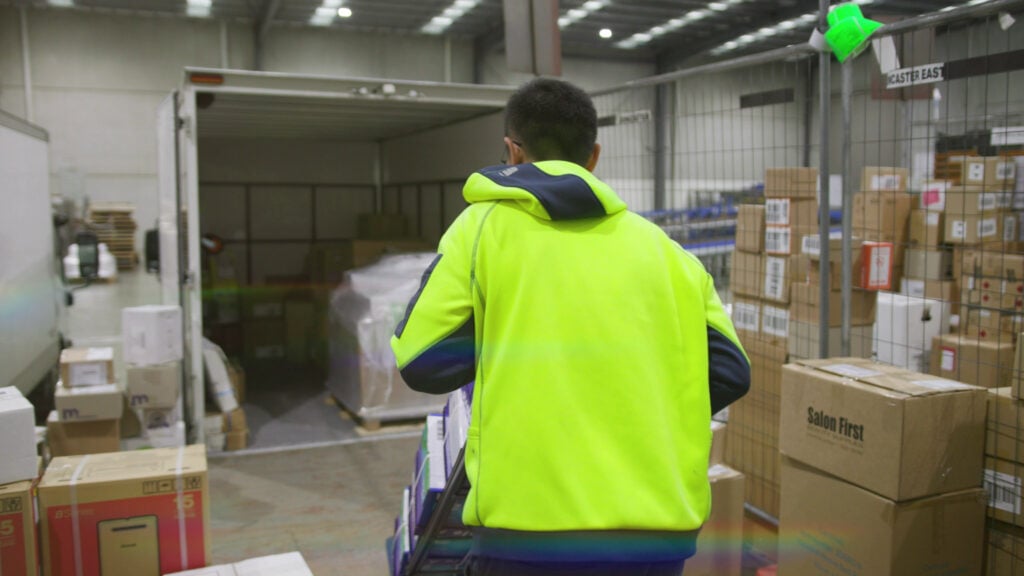
It’s hard to name an industry that has yet to feel the brunt of the supply chain crisis. Transportation is what drives most industries to move and work. Not to mention rising consumer expectations catapult the industry to new levels of complexity.
Understanding these challenges help you proactively address them head-on:
1. Driver shortage
Truck driver shortages have been rampant since 2018 and the numbers are still looking bleak.
In 2024, more than three million truck driver positions across 36 countries remain unfilled. And it gets even worse. The forecast shows that 3.4 million drivers will retire in the next five years. If the industry fails to recruit new talent, the numbers will dip further.
There are various factors contributing to driver shortage, among them are:
- High turnover rates from working conditions;
- perceived safety concerns;
- training and licencing requirements;
- And alternative employment opportunities aggravate driver shortage worldwide.
The solution: Invest in your drivers
Let’s face it, truck drivers do not have it easy. There are a lot of health and safety risks tied to the job.
Investing in better pay, benefits, and training will get new drivers behind the wheel.
While these strategies entice new recruits, you’ll also need to improve the driver experience to retain your workforce:
- Ensure driver safety: Maintain trucks in excellent condition and schedule regular inspections.
- Communicate with your drivers: Let them know that you value their feedback by asking about their on-road experience. Reciprocate by providing constructive feedback on their performance.
- Recognise top performers: Like any employee, drivers that go above and beyond deserve recognition. It’s also essential to establish key performance indicators so you’re working towards a shared goal.
- Leverage technology: GPS devices and transport management systems help drivers optimise routes, take safer roads, and minimise any delays.
Investing in engagement is a more cost-effective solution than recruiting new drivers. When your employees feel valued, they’re more likely to stay and exceed their targets.
2. Infrastructure Constraints
Now here’s a challenge that Australian businesses can relate to.
Australia’s vast geographical area and population distribution poses several logistical challenges, especially for long-haul transportation. Not to mention Australia’s infrastructure, including its roads and ports, hamper the movement of goods.
While the Australian governments has launched initiatives to improve road and rail infrastructure, including the Inland Rail project, there are also steps businesses can take to overcome infrastructure roadblocks today.
The solution: Efficient route planning
Hire route planning experts to map the most efficient paths for cargo. You can also survey key routes to spot and fix issues early.
Route optimization software helps you maximize transportation efficiency. Instead of personally surveying areas, a robust system provides you with route details in real time. It also helps you find alternative routes amid infrastructure disruptions.
3. Managing transportation costs
Transportation costs keep rising, driven by fuel prices, labour, equipment, and liability premiums.
This is why companies always prioritise cutting down transportation costs. There are a lot of ways to lessen this expense, and most of it has something to do with investing in the right solutions.
The solution: Leverage transportation software
As with any industry, tech plays a crucial role in driving efficiency. It’s no different for transport.
Technological advancements, for example, allow shipping companies to improve customer relations. Many of them leverage real-time tracking visibility, allowing customers to conveniently track their packages. It also automates otherwise tedious manual processes, resulting in better shipping accuracy.
When scouting for tech to reduce freight costs, consider the following features:
- Route optimisation to reduce fuel and vehicle maintenance costs.
- Eliminate paper processes and reduce the risk of costly delivery errors with sign-on glass technology (proof of delivery).
- Load planning to maximise delivery runs.
- Scheduling features to plan transit times.
- Invoice automation to improve cash flow.
- Customer self-service portals to improve communication.
- Fuel levy to cover the variance of rising fuel costs.
- Advanced analytics to help you forecast demand and make data-driven decisions that improve operational efficiency.
In summary, the right tech and solutions partner are essential to sustainably reduce costs in the long run.
4. Changing consumer expectations
In the age of the internet, customers expect instant gratification.
They want faster delivery timelines, real-time updates, and better service quality. They’re also willing to pay extra to expedite freight delivery, such as same-day shipment services.
Businesses like Amazon already offer one-hour delivery in certain locations, amping the pressure for companies to keep up.
All these call for a need to innovate and optimise every step of the transportation process to meet consumer needs.
The solution: Flexible delivery options and proactive customer service
Give control back to your customers by offering flexible delivery options.
For example, 75% of customers prefer free shipping over fast shipping. Similarly, customers would spend more to qualify for free shipping. It’s clear that they want more control over their shipping options.
Offering options like scheduled delivery or pickup points helps logistics service providers meet diverse preferences.
Also, even the best transport plans face hiccups. Train your support team to spot and resolve issues early, and offer multiple contact channels (e.g., phone, chat, and social media). A unified messaging platform can streamline communication for both customers and agents.
What are Transport Management Systems (TMS)?
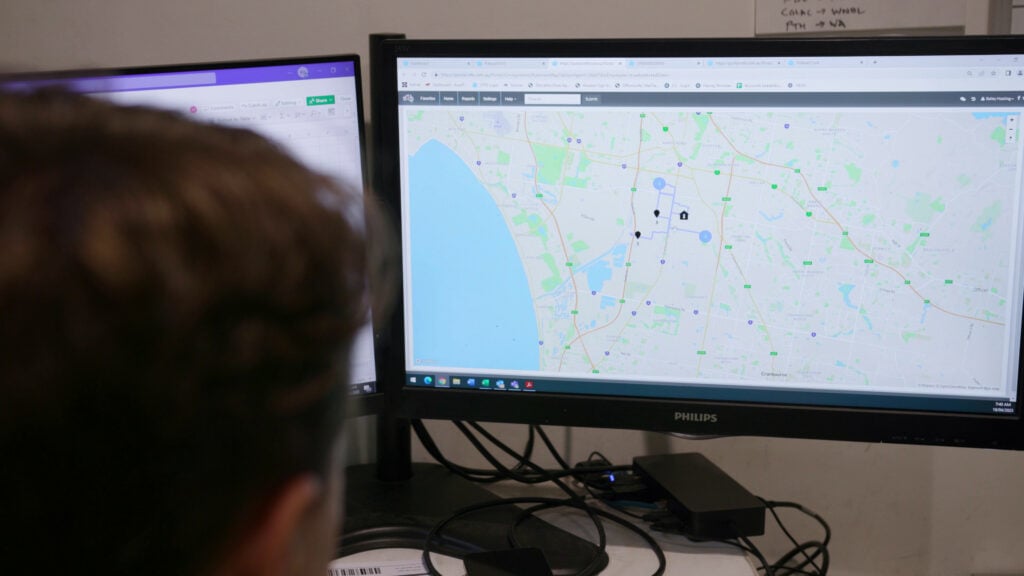
A transport management system or TMS is a platform designed to facilitate the incoming and outgoing movement of goods. It automates transport processes and provides insights to help you optimise routes and reduce spend on future shipments.
Now, there are several moving parts in the shipping process. A TMS software removes these siloed processes by providing a detailed overview of your operations and allowing you to manage them in one place. It also helps you stay compliant with transportation regulations and industry requirements.
How does a Transport Management System work?
A Transport Management System (TMS) works by bringing together key logistics functions, like route optimisation, load planning, and shipment tracking, into one central platform.
Managing both the big picture and the finer details of freight movement enables more efficient planning, seamless execution, and accurate documentation. TMS automates time-consuming tasks, improves delivery accuracy, and gives businesses the data they need to make smarter decisions.
Transportation Planning
Transport management systems provide order information to key stakeholders, including managers, drivers, and customers. It captures details such as the item’s weight, current location and destination, and commodity type.
Planners and drivers can then utilise a dashboard to access created orders, routes, and assigned transports. This allows them to evaluate their workload for the day.
As drivers update order statuses during transit, managers receive real-time insights into schedule changes and fleet locations.
Transportation Execution
Fleet management is central to optimising transport operations. While not all TMS providers offer advanced fleet management features, a dedicated platform enables you to manage dispatch, monitor fuel consumption, record maintenance, and handle financial settlements in one place.
Additionally, a TMS can integrate with other platforms like a Warehouse Management System or Yard Management System, giving you further insights into warehouse and transportation constraints.
Furthermore, a TMS automates tasks such as generating digital bills of lading and invoices. These features reduce administrative burdens that come with transportation management.
Transportation Visibility
Transportation doesn’t end with a successful delivery. A TMS supports businesses by showcasing fulfilled and ongoing orders on predefined reports.
TMS also provides real-time analytics that anyone from the transportation team can generate for their needs. For example, you can look at DIFOT performance to measure the efficiency of your overall supply chain. You can also get a cost analysis by carrier, helping you get the right service at the best price.
What Does the Future of Transport Management Hold?
Transport management often gets skewed by several factors, from freight volume to environmental factors. To satisfy demand and comply with regulations, businesses need to abandon complicated and time-consuming processes.
Simply put, shippers and carriers must automate to survive. The good news? The technology is readily available and is rapidly evolving.
If you’re in the market for a reliable TMS provider, look no further than TransVirtual. With a proven track record in Australia’s logistics sphere, our advanced transportation solution offers unparalleled reliability and performance. Talk to our experts to assess if we’re a best-fit partner for your business today.
Related Articles:
